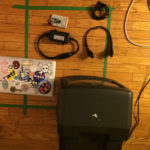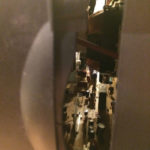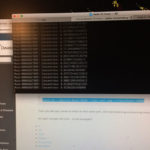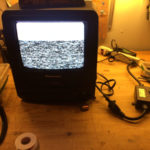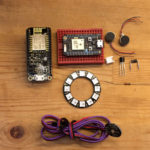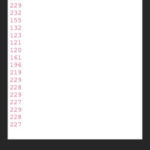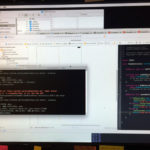Resources:
Overview: This week I really wanted to set off a horn with my brain. Unfortunately horns require something like a 10+ amp power supply, and I did not have that. I did have some 12v 5a supplies around, but they didn’t cut it. So, no horn. I then figured I would just shut a tv off with my brain instead, because why not, and I had an old RoadShow lying around with a built in VCR and Radio. So I made a program that says if I’m really into what I’m watching, shut the TV off. Which is a jerk move, but that was the point.
I don’t know if I’d consider this an IoT project, but it did remind me that I still don’t like the Muse that much, and I’m not sure about quantified self. I did enjoy just playing around with the Arduino and the TV though. There’s something nice about the physical click of a big relay. Also maybe there’s something to combining old tech with new tech. Having the fuzzy TV around was strangely comforting and enjoyable. I don’t get the same feeling watching stuff on a computer or new TVs.
Components: Muse, Arduino Micro, An old TV, Powerswitch Tail 2
Things I Experimented With: timers, streaming data, quantified self
Things I Learned: Horns need more than 5amps. Its pretty difficult to try and bypass the power switch on an old TV if the TV is a contained unit.
Future Iterations: I don’t think I’d do this again. Mostly because I’m not a fan of The Muse. But I would like to use the TV for something else in the future. Because its kind of nice to have as a prop.

